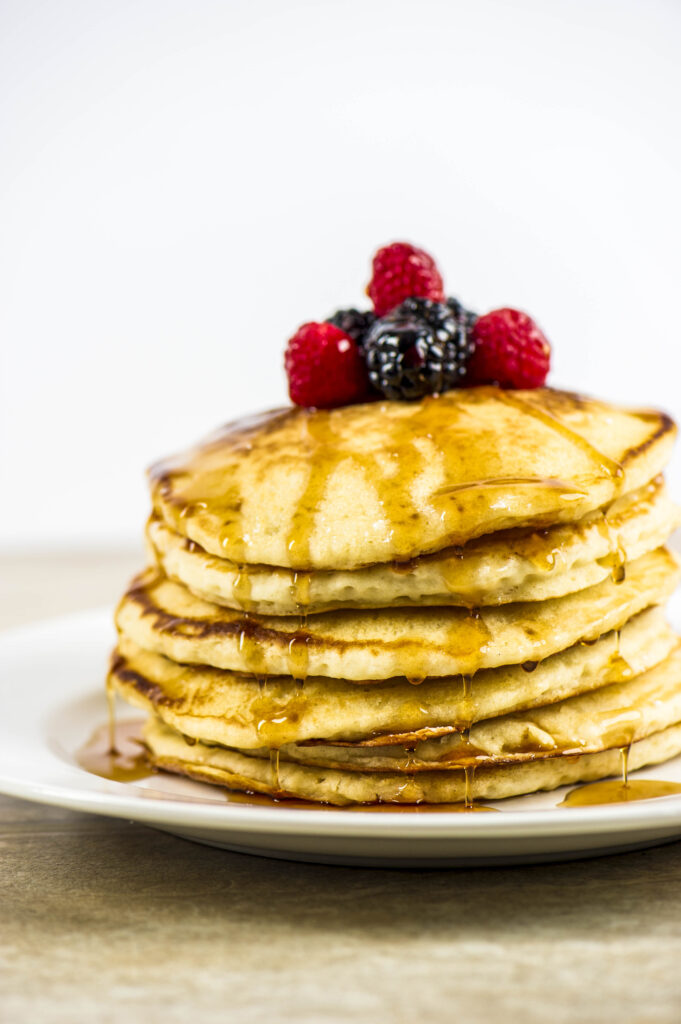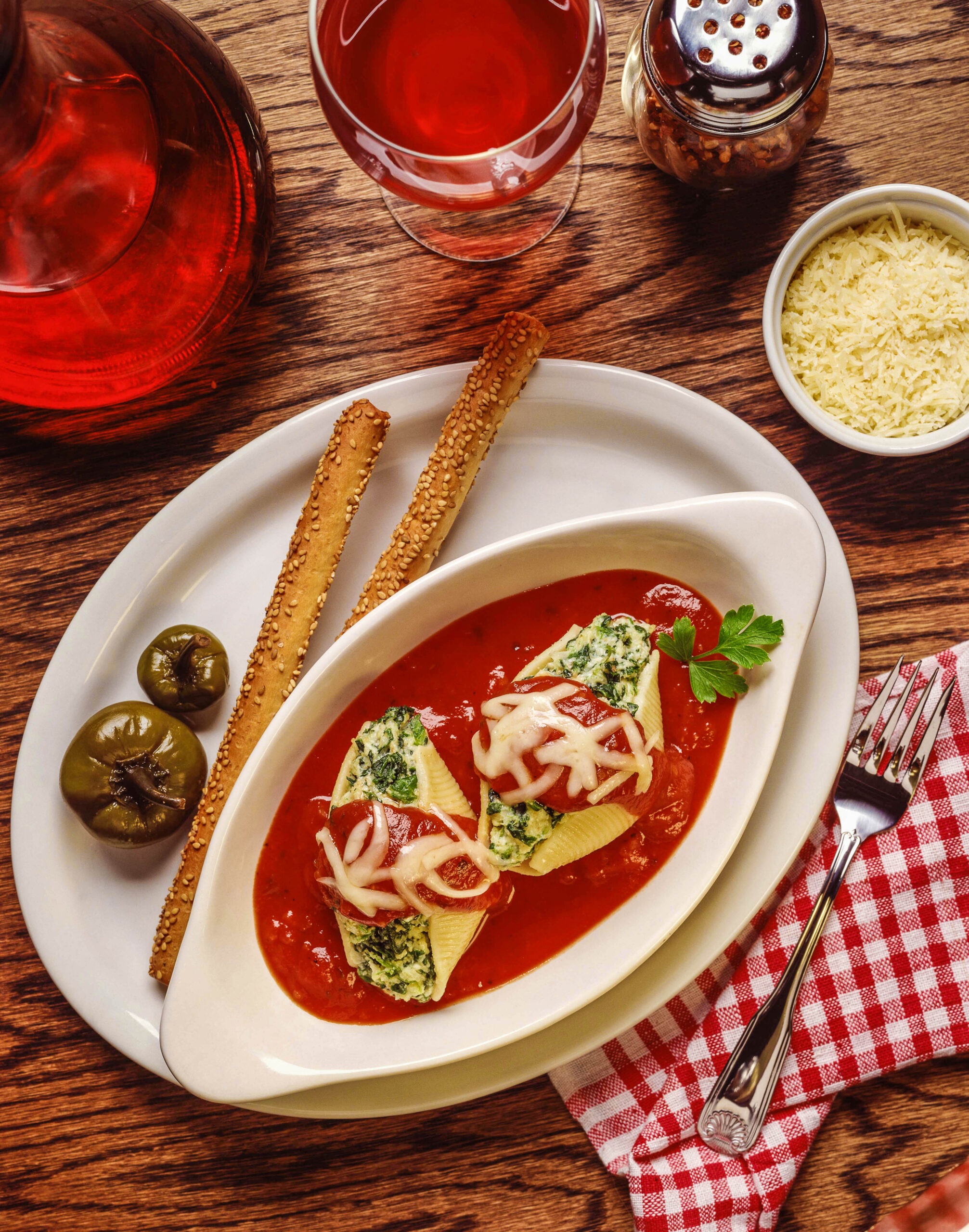Stuffed shells? Fancy pancakes? You can make your own filling
By Jamila Robinson
The Philadelphia Inquirer (TNS)
Joining sourdough and Dalgona coffee, homemade ricotta has become one of the Instagram recipe stars of the pandemic, with thousands of home cooks sharing pictures of their curdled-milk products draining in cheesecloth or smeared over toast with tomato jam.
Cheese experts will argue that without cooking whey, home cooks aren’t really making ricotta. But when you add acid to milk, and hold it at a temperature of between 170 and
185 degrees, you will end up with a creamy dairy product that can be used to fill gnocchi and ravioli that is arguably better than what you’ll find in a grocery store tub.
The recipe that follows makes enough to be eaten as an appetizer or mixed into lemon-ricotta pancakes. You can double the recipe for crepes, cake or lasagna. The ricotta is best fresh but keeps covered in the fridge for two to three days.
Special tools: You’ll need some cheesecloth, although paper towels over a sieve can work, too. You’ll also need a thermometer to maintain a steady temperature as the ricotta is forming, and a slotted spoon to remove the curds.

HOMEMADE RICOTTA
Daniel Gritzer, an editor at Serious Eats, writes: “White vinegar adds the most neutral acid flavor, while lemon juice infuses the ricotta with its own flavor. That can work well in some applications, such as if you want to dollop it on pancakes or stuff it into cannoli, but otherwise I’d stick with the vinegar.”
Makes about 4 ounces
- 2 cups whole milk (do not use ultra-pasteurized)
- Pinch kosher salt
- 2 1/4 teaspoons distilled white vinegar or lemon juice
Using a pot on medium, heat milk and salt to 185 degrees. Add vinegar or lemon juice stirring to incorporate. Curds should begin forming almost immediately; stop stirring as soon as they’ve formed throughout the pot.
Without stirring, cook the curd mixture around 185 degrees for 20 minutes. Use an instant-read thermometer to watch the temperature.
Line a fine-mesh strainer with paper towels or cheesecloth. Using a slotted spoon, transfer curds to strainer and let stand until excess liquid has drained.
Drain the ricotta until it is at the desired consistency. Serve immediately. Store covered in the refrigerator up to two days.




